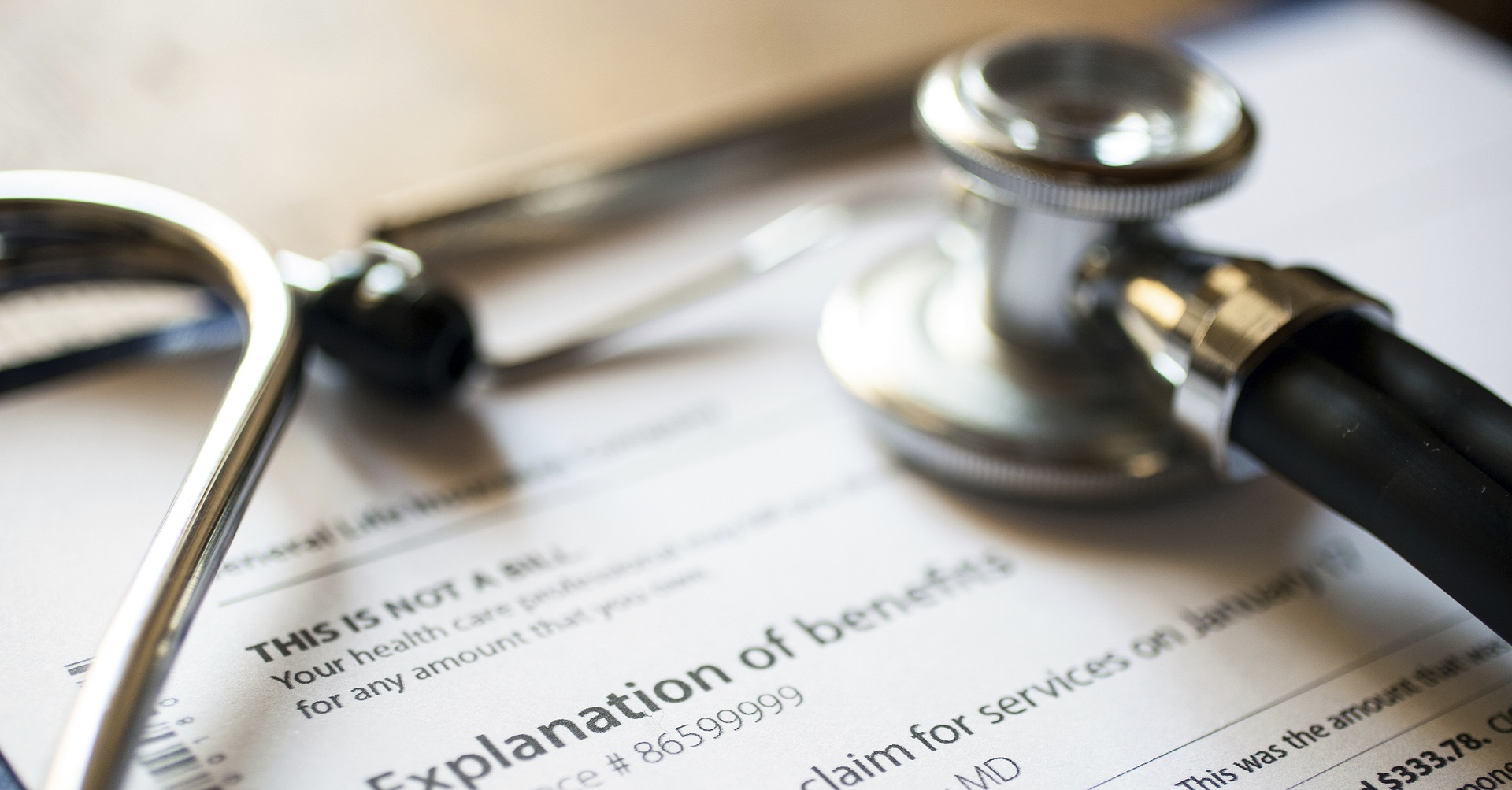With medial schemes increasing premiums by as much as 11% for 2017, South Africans are looking for ways to reduce their medical aid costs. Unfortunately, if you are comparing apples with apples – or specialists with specialists as the case may be – most of the high-end medical aids have comparable premiums, for more or less the same outcomes. While you might not be able to find a cheaper plan with the same benefits, there are ways to cut costs or maximise savings.
We spoke to Ricky Rohrbeck, an independent financial advisor with Select Independent Advisors about ways to reduce the costs of your medical aid.
Opt for a network/preferred provider hospital plan A high-end, comprehensive medical aid lets you choose any hospital or specialist. However, some leading medical aids offer a “network hospitals only” plan, which means that for a lesser monthly premium, you still have full medical cover, but only at specific hospitals that are a part of your medical aid’s network. This means that any routine or scheduled procedures must take place at a network hospital or specialist. While this reduces your premiums considerably, it does restrict you from being cared for by the doctor of your choice. If you have an emergency, however, you can still visit the hospital nearest you and your medical aid will arrange for you to be transferred once you’re stabilised.
Buy a cheaper plan but add gap cover The biggest difference between high-end medical aids and those that are cheaper is the portion of medical aid rates they cover. High-end plans generally cover 200% to 300% of medical aid rates, which covers most, but not all charges by hospitals and specialists. Cheaper medical aids usually only cover 100% to 150%, leaving you with a far higher amount to pay in out of your own pocket. However, if you go onto a cheaper medical aid, but take out gap cover, the gap cover will pay you out for the shortfall (usually up to 500% of medical aid rates). As gap cover is a relatively cheap form of insurance, you could save money this way.
You’ll have to submit the same claim to your medical aid and gap cover, which is less convenient than dealing with only one provider of medical cover. And you’ll have to take a lot of time to read through and compare the details of all the different policies to make sure that you’ll still have cover when you need it.
Work your benefits and rewards programmesIt’s not a direct saving on your monthly contribution, but rewards programmes can help you save money in other areas. Programmes like Discovery’s Vitality and Momentum’s Multiplier give you rewards and benefits for certain behaviours or for completing tasks like completing online forms, or having a fitness assessment. Discovery gives you benefits outside of your medical aid – like cheaper flights and movie tickets. Multiplier also gives you cash back into your medical savings account.
Work out what you are getting from the programme, and what it’s costing you. If you travel a lot, just the savings on airfares might be enough to justify the rewards programme. On the other hand, if you are paying to have the programme in place and are not using it, you can save money by cancelling it.
Scrap your day-to-day savings You might have a hospital plan and a day-to-day savings plan (a savings product managed by your medical aid, from which you pay your day-to-day or out-of-hospital medical expenses). Your medical savings accounts only give you back exactly as much as you put in with no interest. If you find that you don’t deplete your savings each year, or if you can afford to cover your day-to-day medical expenses without a savings plan, consider investing the same amount of money in a unit trust, which would grow your investment.
Don’t forget that the savings plans give you the added benefit of being able to use the year’s money BEFORE you’ve saved it.
The bottom line For simplicity and peace of mind, nothing beats a high-end, comprehensive medical aid, but the cost is becoming prohibitive for some. There are ways to cut those costs without losing out on your standard of healthcare - just remember, there’s no such thing as a free lunch (or a cheaper medical aid) without some compromises – so be sure you know what those are and that you’re willing to comply with the restrictions you’ve set yourself.




